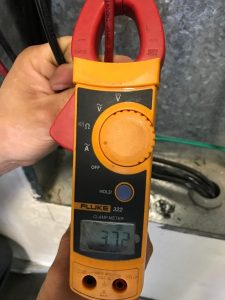 We all use and love electricity. It keeps us warm, gives us access to entertainment, preserves our food, cooks our food, heats our water, upgrades our security, and so on. The uses and comforts of electricity are endless, but there are just as many risks involved.
We all use and love electricity. It keeps us warm, gives us access to entertainment, preserves our food, cooks our food, heats our water, upgrades our security, and so on. The uses and comforts of electricity are endless, but there are just as many risks involved.
More often than you would like, electrical issues might come up in the home or commercial building. These issues may require a professional electrician or could be easily managed by you. It’s also possible to avoid them by taking precautions. Regardless of how your electrical issues should be handled, it’s clear that you would always need a reliable source of electrical advice in Los Angeles.
Naturally, it’s best to turn to a professional electrician for electrical advice. The obvious reason for this is that a professional and licensed electrician is fully equipped and knowledgeable to provide accurate and effective advice.
Anyone else such as a friend who knows as little as you do about electricity is not a reliable source of electrical advice. The wrong information or approach to your home electricity can compromise the safety of lives and property.
The Electric Connection is a reputable electrical company that has served Los Angeles for decades. We make it easy for you to get the electrical advice you need with free of charge consultations via calls.
Our experts are always available to give you the advice you need and even over the phone quotes if a professional electrician is needed to solve the problem.
All electrical technicians with The Electric Connection are trained, licensed, insured, customer-oriented, and courteous. You can count on us for electrical advice in Los Angeles.
Here are some tips to maximize electrical safety in your home.
- Avoid overloading your outlets. Each outlet in your home is designed to provide a specific amount of electricity, and plugging too many devices at once can lead to a fire or damage to appliances. Use an energy-saving power strip if you have a few things to plug in at once.
- Extension cords can be helpful but can also become a safety hazard when used wrongly. Do not run extension cords through the house as that could lead to accidents in the home. If you discover you use or need extension cords often, contact a professional electrician to install more outlets in your home.
- Repair or replace any damaged electrical outlet or component in the home. Don’t push aside any electrical component displaying faults or warning signs such as burning smells, fraying, cracking, and so on. Reach out for electrical advice or a service call.
- Unplug appliances when not in use. This saves you money on the electric bill and prevents accidents.
- Always read the instructions for every appliance or electrical component before use.
- Keep electrical appliances out of reach of kids and teach those old enough to understand the proper way to use them.
For more tips or free electrical advice, see our regular posts and articles.





 Having an electric car is great and very much a trendy decision. When you have the EV of your choice parked in your garage, the most important question that follows is what size breaker does a Tesla need. Your electric car may save on fuel but it needs electric power to work, and this starts with a suitable breaker size.
Having an electric car is great and very much a trendy decision. When you have the EV of your choice parked in your garage, the most important question that follows is what size breaker does a Tesla need. Your electric car may save on fuel but it needs electric power to work, and this starts with a suitable breaker size.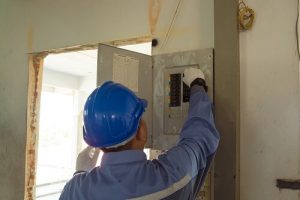 It may seem easy at first to find a local electrician near you, but you quickly realize how hard it really is once you begin your search. There are quick steps to follow to guide your search for the best electrician in Los Angeles. We have discussed each determining feature below.
It may seem easy at first to find a local electrician near you, but you quickly realize how hard it really is once you begin your search. There are quick steps to follow to guide your search for the best electrician in Los Angeles. We have discussed each determining feature below.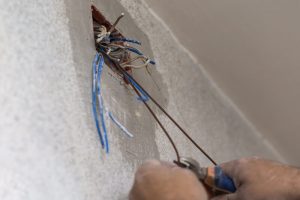 House rewiring is a tough project. It is disruptive and demanding of funds and electrical experience. The answer to if you need an electrician for a house rewire is yes.
House rewiring is a tough project. It is disruptive and demanding of funds and electrical experience. The answer to if you need an electrician for a house rewire is yes.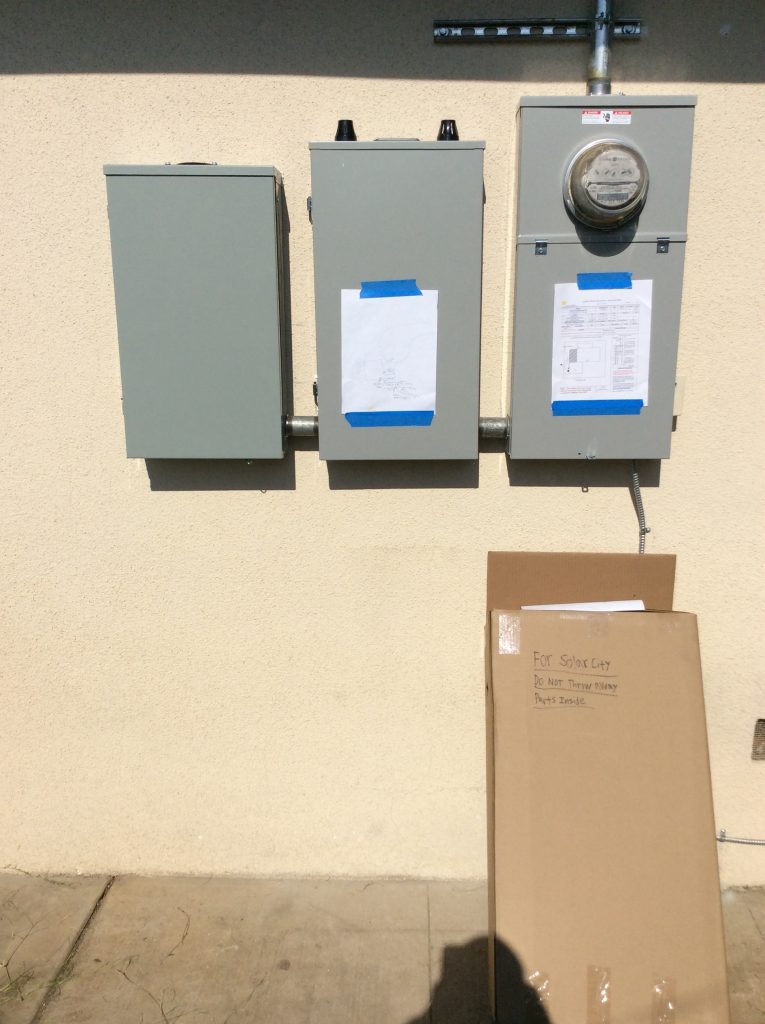 Your home’s electrical panel provides power to all electrical components of the home. But sometimes the electrical panel may need assistance and this is where a subpanel comes in.
Your home’s electrical panel provides power to all electrical components of the home. But sometimes the electrical panel may need assistance and this is where a subpanel comes in. An electrical permit is exactly what it sounds like. It is obtaining permission from the appropriate authorities to perform electrical work. An electrical permit is required for a lot of electrical works and it is the first step towards an electrical service that conforms to safety codes and standards.
An electrical permit is exactly what it sounds like. It is obtaining permission from the appropriate authorities to perform electrical work. An electrical permit is required for a lot of electrical works and it is the first step towards an electrical service that conforms to safety codes and standards.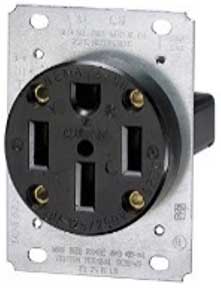 A 220-volt outlet is the most powerful outlet in the home. It is built for power-demanding appliances, like ovens, dryers, and more. You can identify 220-volt outlets as outlets that are larger and different-looking than others. They usually have either 3 prong or 4 prong holes.
A 220-volt outlet is the most powerful outlet in the home. It is built for power-demanding appliances, like ovens, dryers, and more. You can identify 220-volt outlets as outlets that are larger and different-looking than others. They usually have either 3 prong or 4 prong holes.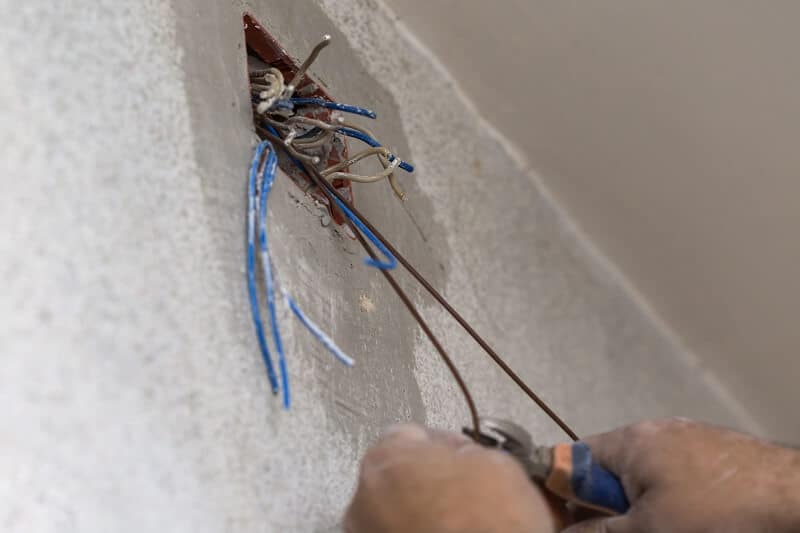 Deciding to
Deciding to  As a valued customer or potential of The Electric Connection, we wanted to post and let you know that we are paying close attention to all updates from the CDC and local officials concerning COVID-19 (“Coronavirus”). Our highest priorities continue to include the welfare and safety of you, our customers, as well as our employees.
As a valued customer or potential of The Electric Connection, we wanted to post and let you know that we are paying close attention to all updates from the CDC and local officials concerning COVID-19 (“Coronavirus”). Our highest priorities continue to include the welfare and safety of you, our customers, as well as our employees. 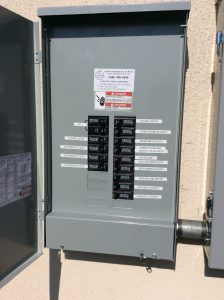 What is an electrical overload?
What is an electrical overload?